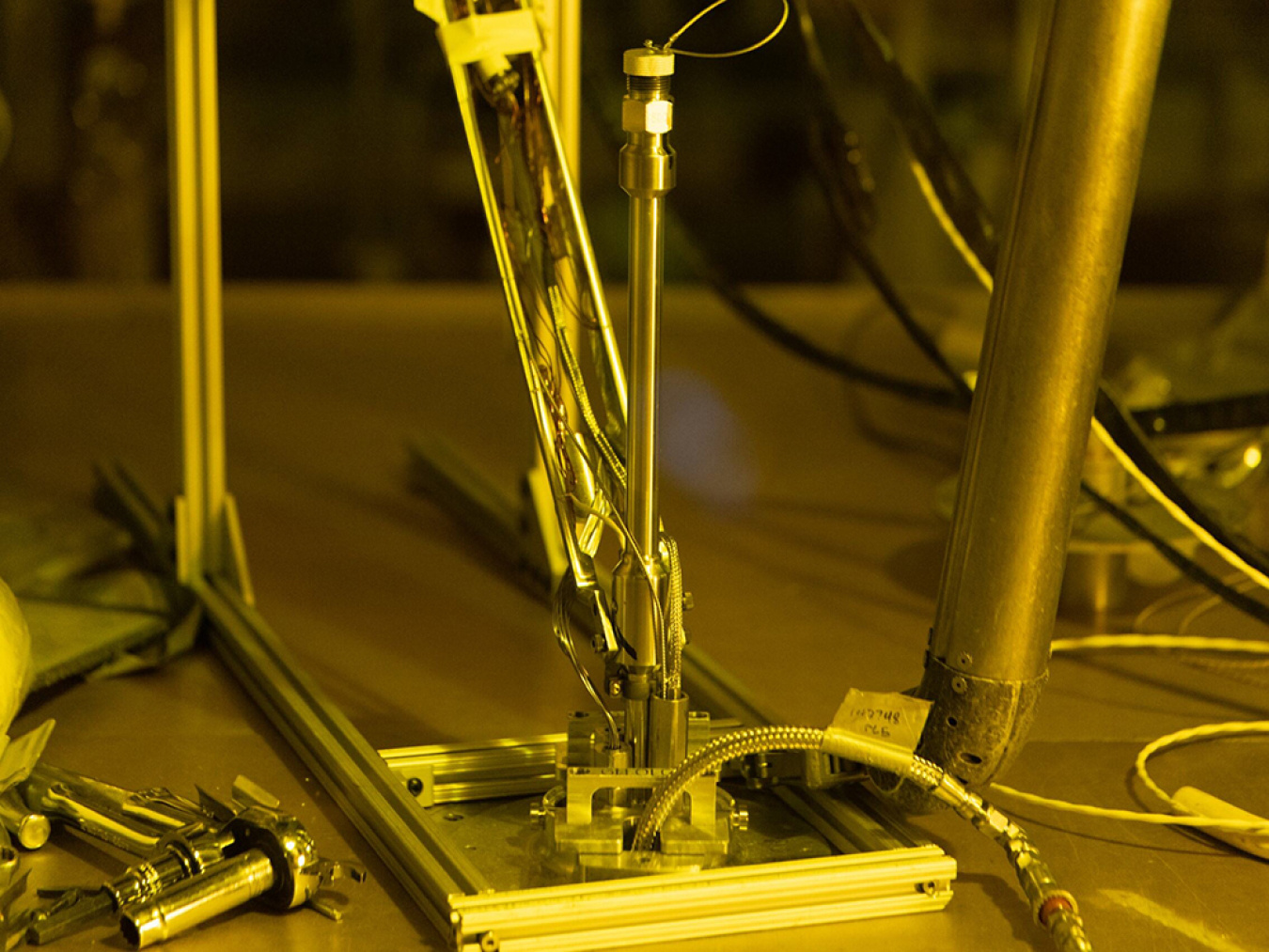Idaho National Laboratory (INL) conducted the world's first safety test on a high burnup fast reactor fuel in more than 20 years at its Transient Reactor Test (TREAT) facility.
March 12, 2025Idaho National Laboratory (INL) conducted the world's first safety test on a high burnup fast reactor fuel
in more than 20 years at its Transient Reactor Test (TREAT) facility.
The testing is part of a collaboration between the U.S. Department of Energy (DOE) and the Japan Atomic Energy Agency (JAEA) to develop and qualify fuels for fast reactors.
The two agencies plan to perform several additional safety tests over the course of the next few years.
Testing Fuel Limits
Researchers recently performed transient tests on a high-burnup metallic fuel that was archived from historic irradiation testing at the lab’s EBR-II reactor.
The lab used a new test capsule specifically designed to test fast reactor fuels that uses a variety of sensors to monitor fuel behavior during testing.
The safety tests are the first of their kind in the world in more than two decades and will provide crucial new data to support future fuel development and qualification.
“The main ambition of this initiative is to test fast reactor fuels in their weakest state to better understand their limits and inform the development of improved designs,” said Colby Jensen, INL Technical Lead for Transient Testing. “Fast reactor fuel designs in the United States have not made a major leap forward since the era when the EBR-II program was shut down, and so the data from these tests of legacy fuel is highly valuable for advanced fuel designers today.”
A Renewed Partnership
The DOE and JAEA safety tests are part of a five-year cost-shared facility sharing initiative under the Civil Nuclear Energy Research and Development Working Group.
The agencies are testing a mixed oxide fuel used by current Japanese fast reactor designs and a metallic alloy fuel under development in the United States and of interest to Japan.
DOE and JAEA previously performed similar tests on high-burnup fast reactor fuel in the late 80s before EBR-II shutdown and TREAT was placed on standby in 1994.
TREAT restarted in 2017 under the Trump Administration to support the development and qualification testing of new fuels.
It’s one of the few test reactors in the world that can perform transient tests, which produces short duration power cycles that may be more than ten times higher than a commercial power plant to help determine the safety limits of nuclear fuel.
Post-irradiation examination work will be performed at INL’s Hot Fuel Examination Facility and Irradiated Materials Characterization Laboratory, where researchers will use state-of-the-art analytical capabilities to examine the test specimens down to the microstructural level.
The initial project experiments are expected to wrap up later this year with planning for additional testing already underway.



